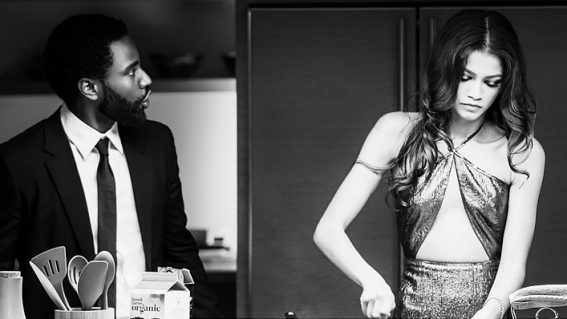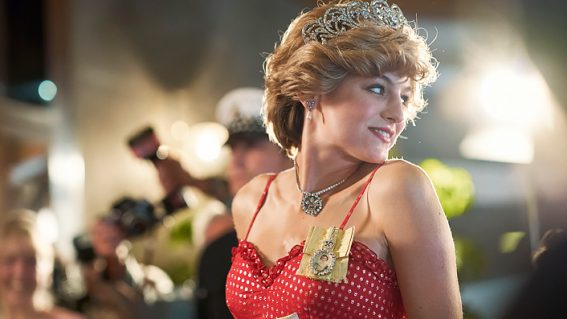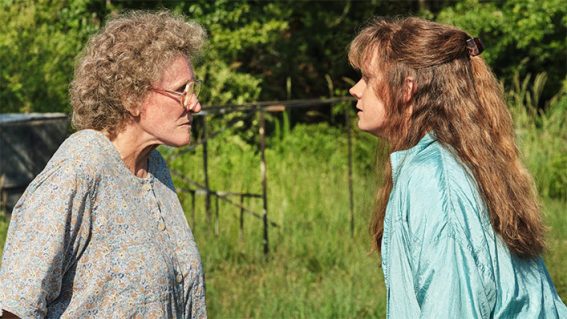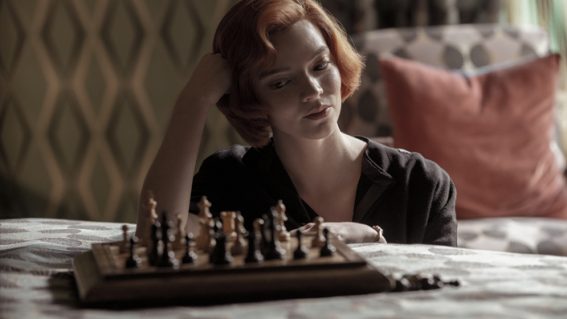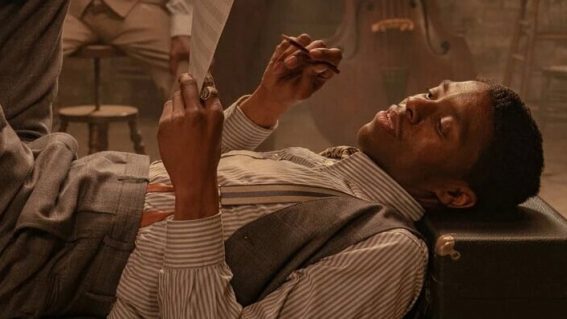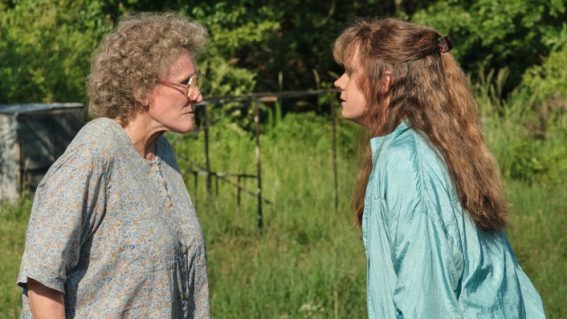Pieces of a Woman has one of the most breathtaking shots you’ll see this year
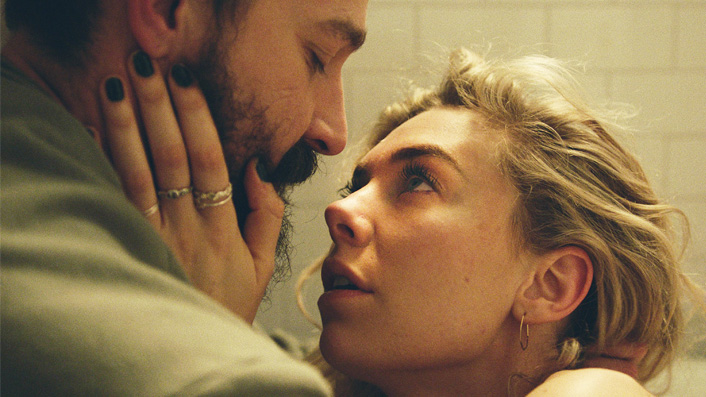
A riveting 24 minute single take shot is the centrepiece of Pieces of a Woman, Netflix‘s new drama starring Vanessa Kirby and Shia LaBeouf as a married couple grappling with grief. Here’s critic Luke Buckmaster’s review.
Kornél Mundruczó’s new Netflix drama—about a married couple dealing with terrible grief and trauma after a homebirth goes awry—challenges Howard Hawks’ famous definition of a good movie: “three good scenes and no bad scenes.” Not because there are bad scenes, but because there is one very very good scene, so much better than anything else in the film that it bends the very structure of it out of whack, creating a tender, terrible, heart-wrenching hangover that swells the joints of the rest of the picture. There is a feeling that neither the characters nor the audience will fully recover before the closing credits roll.
See also:
* The 10 best Netflix Original Movies from 2020
* All new movies & series on Netflix Australia
* All new streaming movies & series
The scene is effectively one shot: a 24 minute single take capturing the aforementioned homebirth, with Martha (Vanessa Kirby) the pregnant woman assisted by her husband Sean (Shia LaBeouf) and a midwife (Molly Parker). The shot isn’t signposted in a way that says hey, look at us, we’re holding the frame—like the single take opening to Brian DePalma’s the 1998 thriller Snake Eyes, for instance, which plays in the key of: kablamo, here’s a big curtain drawer! Captured by cinematographer Benjamin Loeb, this centrepiece moment in Pieces of a Woman comes on in a way that feels organic—as if it were a natural, lingering extension of the drama.

And oh boy does the shot linger. Those are 24 very intense minutes. The camera becomes an entity, almost like a guest invited into the couple’s house, almost like a character, right in the heart of the moment, in sweaty proximity of the actors, bobbing and crawling and staying close to Martha and her bulbous pregnant belly. You might call this ‘pure’ film acting: none of that cutting stuff; nothing to give form and rhythm to the moving image other than the image itself. All three actors are utterly convincing (here and throughout) but there’s no doubt whose scene this is, Vanessa Kirby’s gasp-inducing performance giving this drawn-out moment a wall-rattling visceral charge.
The remainder of the film is a kind of protracted reprieve, during which nothing comes close to matching the craft and bravado of that extended sequence—not that we would want to put ourselves through it again. Mundruczó sets out to explore grief, which is conceptually much more difficult than sustaining a long shot, no matter how intense, the latter being a technical achievement rather than a challenge that requires the full arsenal approach i.e. character, themes, subtext, visual metaphor.
Compare Mundruczó’s homebirth sequence to the terrifying conception scene in Rosemary’s Baby and the differences are stark. For the latter, Roman Polanski behaved like a cinematic sorcerer, using the frame as a test tube with which to fill and experiment and magically transport us, conjuring a melting pop of hallucinogenic images (a floating bed, Renaissance paintings, a raging typhoon…) to evoke how his protagonist was feeling, as well as the dark psychology of the film itself.
Vérité can’t do that; isn’t supposed to do that. The window-to-the-world authenticity of Pieces of a Woman’s birth sequence does however forge a connection between the audience and the characters crucial to the experience going forward: the sense we have been there, with Martha and Sean, during the worst moment in their lives, a turning point from which nothing can ever be the same. Much of the remaining film charts the potential breakdown of their relationship, as they reach out and close off and lash out, uncertain how to move forward.
Martha’s snippy and scheming mother Elizabeth (Ellen Burstyn) uses this rocky period in their relationship to attempt to extricate Sean—who she never liked—from their lives, while Martha returns to work and feigns normality. Both tangents are a small part of the overall focus. There is an element of pursuing ‘justice’ for what happened—inverted commas to describe a process everybody knows cannot heal wounds—but the film isn’t really about that either.
It is indeed composed of pieces: one (the birth sequence) much larger than the others. They don’t come together as a cohesive whole, perhaps because Mundruczó and the screenwriter, Kata Wéber, clearly do not subscribe to the view that drama in life or in the movies does—or should—fall into neat rhythms and precise messages. The film is intelligently made across the board, but a sense of hollowness gets to you in the end. And the birth scene is so vividly captured it distorts the rest of its achievements: there are no bad scenes, but by comparison every other one isn’t particularly good.


